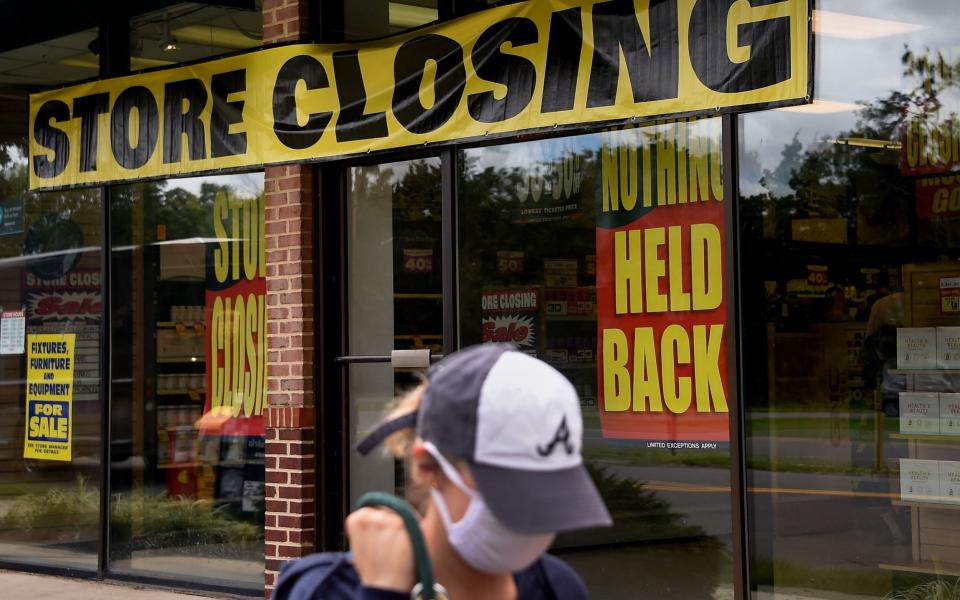US unemployment claims drop to lowest level of lockdown

The number of Americans filing a new claim for unemployment benefits dropped below a million for the second time since the start of the pandemic.
Initial claims for state unemployment benefits fell 130,000 to a seasonally adjusted 881,000 for the week ending Aug 29, according to figures from the US Labor Department.
However, Nancy Vanden Houten of Oxford Economics said the fall was due more to a change in how the Labor Department seasonally adjusted its data than an improvement in the labour market.
Non-seasonally adjusted claims increased by 151,674 to 759,482 people from the week before.
“The data show that layoffs remain widespread and the recovery in the labor market is occurring at a frustratingly slow pace,” she said. “Seasonally adjusted or not, a lot of people are still out of work.”

Unemployment filings peaked in March as businesses shut down to stop the spread of the virus but have declined since. The number of claims is gradually returning to pre-pandemic levels but is still much higher than in any week of the global financial crisis.
A total of 29.2m people were on the dole in the week to Aug 15, the latest data available – an increase of 2.2m.
“While Wall Street hits record highs, much of Main Street remains in severe distress,” Ron Temple at Lazard Asset Management said.
“The pandemic and the federal failure to sustain necessary assistance to households as well as state and local governments are weakening long-term economic growth and social stability in the US.”
After the $600 weekly unemployment supplement expired in July, Donald Trump signed an executive order including a provision extending it at a reduced rate of $400. However, state governors have said dealing with the pandemic has left them without the means to cover the $100 of the benefits they are obliged to contribute.
Looking ahead, Andrew Hunter of Capital Economics said Friday’s jobs report was likely to show that employment continued to rebound last month. However weak demand in sectors such as leisure and hospitality that account for a high share of employment compared to their economic output meant “the labour market recovery is likely to remain relatively underwhelming”.
“Given the Fed’s renewed focus on maximum employment, this underlines that policy will remain ultra-loose over the coming years even if inflation starts to pick up,” he added.
Fed officials have been urging Congress to pass more fiscal relief to boost growth, employment and inflation. Last week, Jerome Powell, chairman of the Federal Reserve, announced a shift to “average inflation” targeting instead of a 2pc target.

 Yahoo Finance
Yahoo Finance 